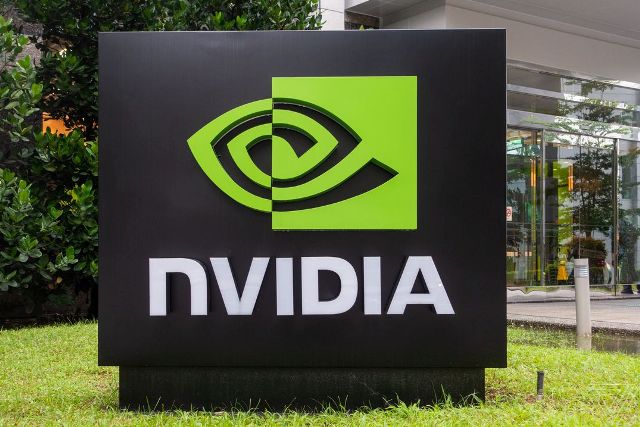Cruise, the autonomous driving unit of General Motors, has developed its own chips for self-driving cars to be deployed by 2025, as it aims to cut cost of production.
 Cruise is following the footsteps of Tesla, switching from Nvidia’s products to customized chips to power their vehicles, Reuters news report said.
Cruise is following the footsteps of Tesla, switching from Nvidia’s products to customized chips to power their vehicles, Reuters news report said.
“Two years ago, we were paying a lot of money for a GPU from a famous vendor,” Carl Jenkins, head of Cruise hardware, told Reuters in an apparent reference to Nvidia, a leading maker of graphics processing units, or GPUs.
“There is no negotiation because we’re tiny volume. We couldn’t negotiate at all. So that’s why I said, okay, then we have to take control of our own destiny,” Carl Jenkins said during a tour of the Cruise R&D workshop in San Francisco.
Cruise executives have given details about its custom chips that will power its Origin vehicle with no pedals or steering wheel.
Jenkins said in-house chip development required investments, but this would be recouped by scaling up production of cars which use multiple chips. He declined to say how much the company was investing on the project.
Cruise had developed four in-house chips so far – a computing chip called Horta, the main brains of the car, Dune which processes data from the sensors, a chip for the radar, and one that it would announce later, Jenkins said.
The sensors and computing chips would also reduce power consumption, helping to increase driving range.
Gaurav Gupta, chip analyst at Gartner, said automakers were increasingly trying to design chips and systems in-house to have greater control over product development and supply chains.
Ann Gui, Cruise’s silicon lead, said the Horta chip was based on an ARM processor as that was what was available when chip development started two years ago.
“But we are closely looking at RISC-V because they’re open source and it has a lot of benefits,” Ann Gui said. ARM and RISC-V are rival instruction set architectures, a base for building chips that defines what kind of software can run on the chips.
Ann Gui said the carmaker was working with an unidentified chip maker in Asia to produce its custom chips at scale.





